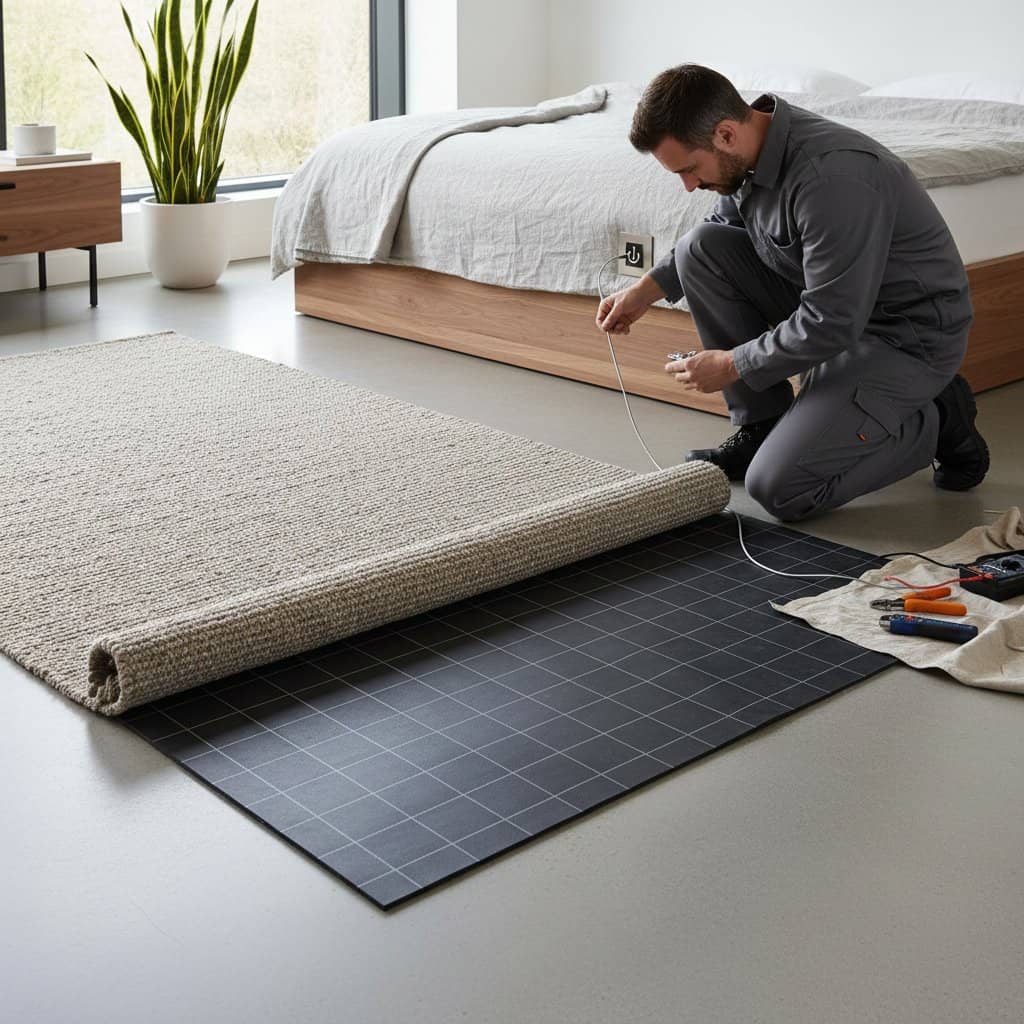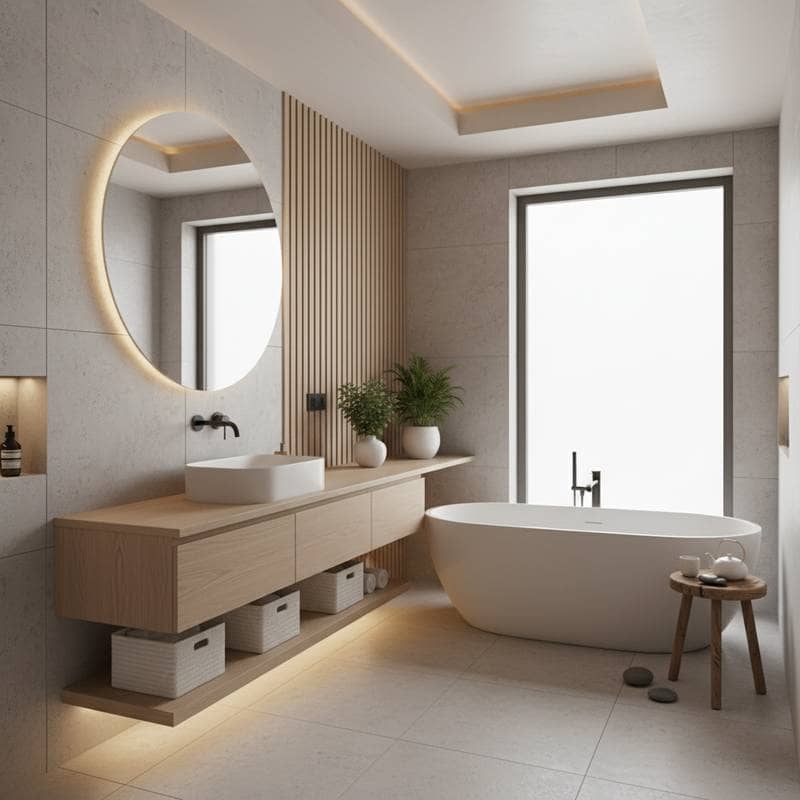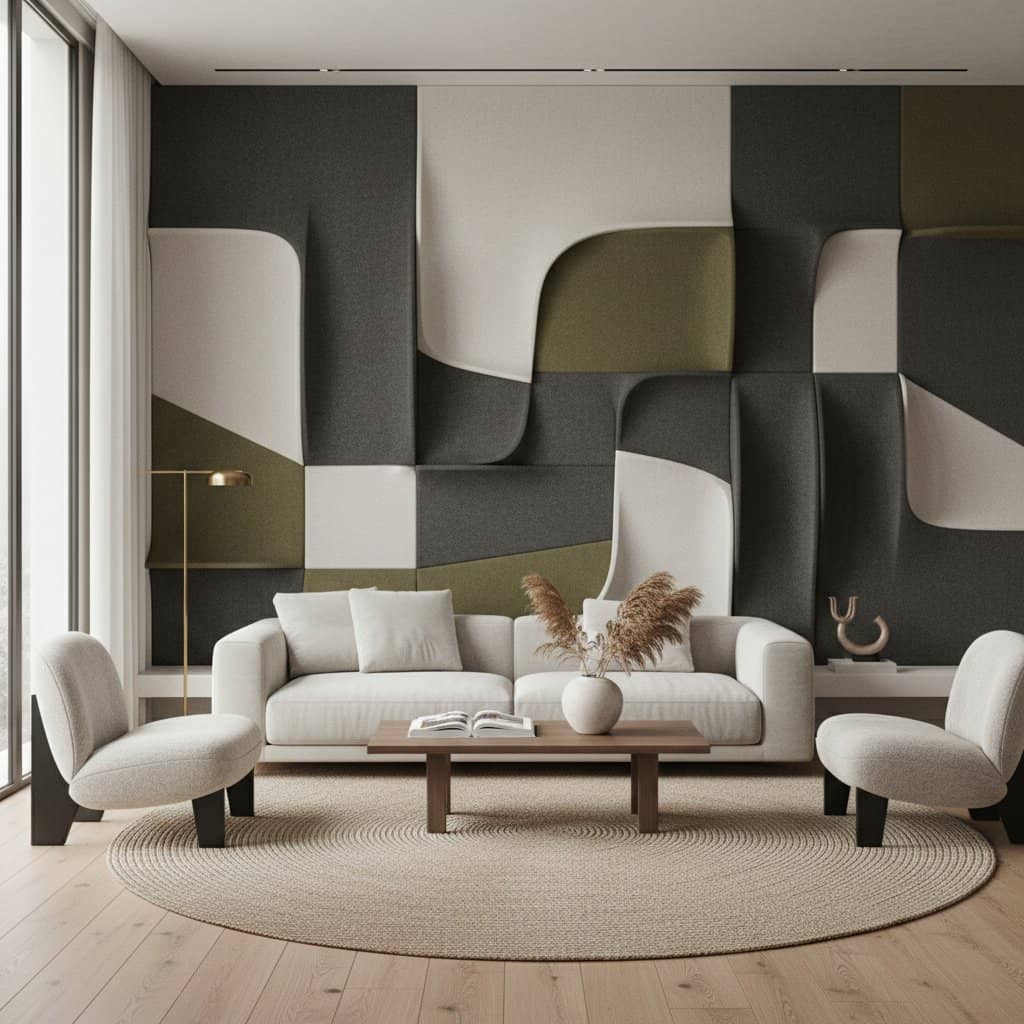Acoustic Panels: Artful Soundproofing for Stylish Homes
Consider the echo that accompanies laughter in an empty living room or the way a television resonates against every surface. Such effects signal a space in need of acoustic treatment. Homeowners often associate soundproofing with cumbersome foam or utilitarian tiles, yet current acoustic panels extend beyond studio applications. These elements function as decorative art, controlling noise while introducing texture and dimension to interiors.
Why Acoustic Treatment Matters
Excessive noise influences the perceived quality of a space. Persistent echoes can render a living area impersonal and incomplete, whereas balanced acoustics promote relaxed dialogue and tranquility. Acoustic panels absorb sound waves instead of blocking them entirely, mitigating reflections from rigid materials such as drywall, windows, and floors. This approach yields a more subdued and inviting setting where speech remains clear and audio experiences gain nuance without overwhelming volume.
Design Options for Integration
Current acoustic panels utilize versatile materials that support diverse stylistic approaches. Choices in felt, wood veneers, and fabric coverings allow seamless coordination with existing interiors. Installation possibilities include wall-mounted displays, patterned assemblies, or overhead arrangements for understated impact. Treat these panels as integral components of the room's overall design vocabulary rather than mere functional devices.
The following examples illustrate effective methods to incorporate acoustic panels for both utility and visual appeal.
1. Fabric-Wrapped Statement Panels
Oversized panels encased in fabric can serve as prominent artwork. Select hues that harmonize with elements like area rugs or upholstery, ensuring the panels appear purposeful within the scheme. Materials such as wool or linen provide a tactile warmth suitable for contemporary settings. Homeowners frequently note that these additions impart a sense of completion to living spaces beyond what traditional artwork achieves.
2. Wood Slat Panels
Panels featuring wooden slats evoke mid-century aesthetics while addressing auditory issues. The intervals between slats permit sound to reach the absorptive core, thereby diminishing reverberation and establishing a rhythmic visual pattern. These designs prove particularly suitable for dining zones where conversations often amplify. Sound management in this form adopts a sculptural quality that enhances architectural interest.
3. Modular Felt Tiles
Felt tiles in configurations like hexagons or diamonds assemble like interlocking pieces. They suit accent walls or professional workspaces requiring both noise reduction and expressive character. Position them to guide visual focus vertically, combining acoustic performance with organized design.
4. Ceiling Clouds
For rooms with high ceilings that amplify sound, suspended acoustic clouds offer a remedy without compromising wall space. These lightweight fixtures deliver modern elegance and proven efficacy. View them as airborne artistic elements that clarify discussions during meals and reduce echoes in entertainment areas.
5. Custom-Printed Panels
Individuals seeking personalization can opt for panels printed with custom images or photographs. Observers perceive a sophisticated gallery arrangement, while the underlying absorption creates a composed ambiance. This method effectively conceals technical benefits within artistic expression.
Practical Advantages in Daily Use
After placement, acoustic panels subtly enhance routine activities. Telephone conversations gain clarity, ambient sounds recede, and movements produce less intrusive noise. These changes occur gradually but become evident over time. Households commonly observe that such modifications cultivate harmony in communal areas, akin to moderating life's intensity while preserving its vibrancy.
Achieving Optimal Acoustics
Effective design balances visual appeal with sensory comfort. Acoustic panels fulfill this by merging performance with perceptual softness, elements that users sense intuitively. Selections ranging from vibrant color blocks to unobtrusive overhead solutions all pursue a unified outcome: interiors that perform acoustically as well as they appear.
Implementation Steps
Begin by pinpointing areas where sound disrupts comfort, such as open layouts, staircases, or dedicated workspaces. Determine the desired level of visibility for the panels, opting for tones that blend with surroundings or textures that stand out sculpturally. Attachment methods typically involve adhesive backing or concealed hardware for simplicity.
Upon securing the final panel, pause to assess the auditory shift. Reverberations lessen immediately, fostering a more relaxed atmosphere. The space acquires an inherent poise, with each panel contributing to refined daily experiences through incremental sound control.



